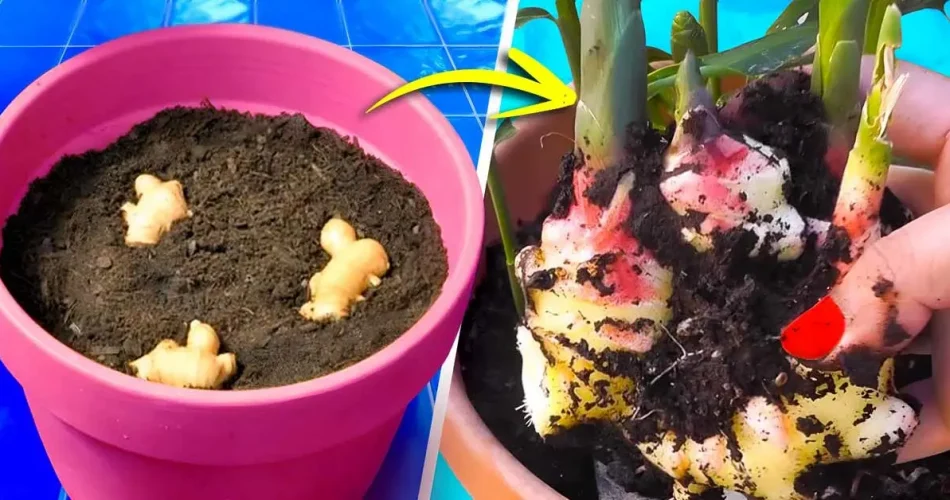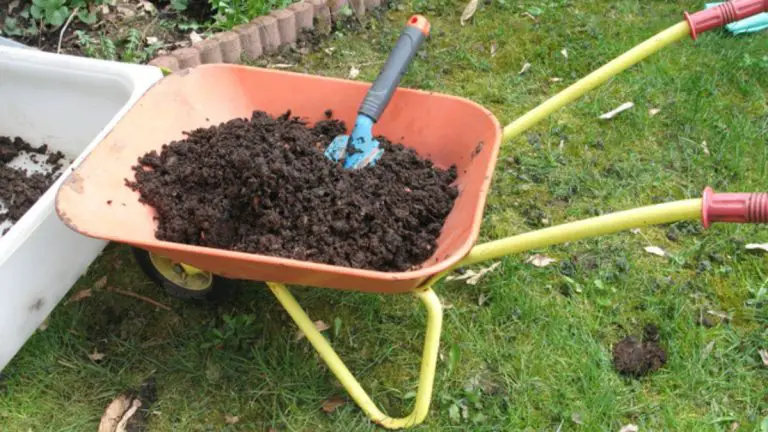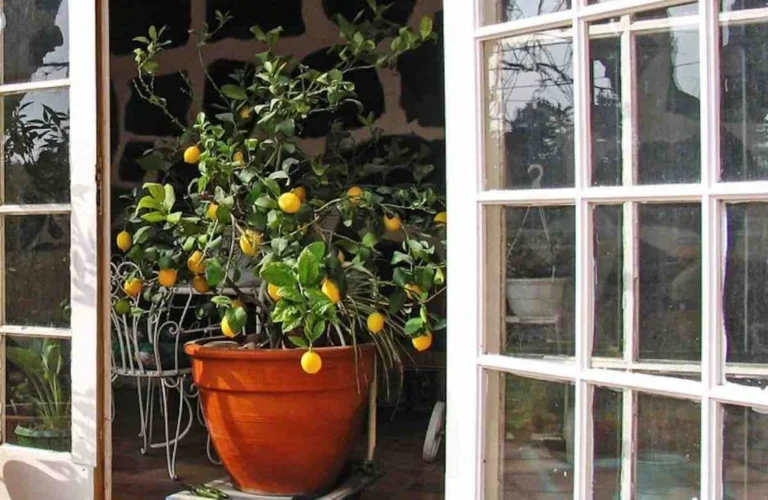See how to grow ginger at home to have it endlessly
Originally from Asia, ginger is an herbaceous plant rich in vitamins and minerals. Its pungent flavor is ideal for enhancing the flavor of dishes and adding flavor to them. Cold, this evergreen tropical plant needs a minimum heat of 10°C. That is why it is preferable to grow this rhizome in a pot. That said, learn how to successfully grow ginger for a bountiful harvest.
Ginger is a vegetable plant, but also a condiment. Used to flavor dishes, thanks to its peppery flavor, this rhizome also has medicinal properties. To enjoy the benefits of ginger and obtain an organic and abundant harvest, it is important to successfully cultivate this Asian plant.
To grow ginger, you will need rhizomes, not seeds, as ginger does not produce any. The rhizome is an underground stem that has aerial roots and stems. To obtain an organic harvest, it is important to choose organic rhizomes, which you can find in health food stores. These have not been treated and can therefore germinate easily. These roots for planting must also be vigorous and not withered or stunted. Also, choose rhizomes that contain multiple growths. Your harvest will be more generous.
To grow ginger in a pot, it is important to choose a large , deep container to encourage root development. You can opt for a planter, for example, to accommodate up to 3 ginger rhizomes per container. To promote drainage and prevent root rot, place clay pebbles at the bottom of the pot. Then fill the pot 3/4 full with a mixture of 2/3 potting soil and 1/3 river sand, then tamp down lightly. Plant the rhizome flat, without pushing it completely into the soil. Part of the rhizome should remain visible. Then water, being careful not to leave standing water in the saucer.
After planting the ginger, keep the pot in a sunny , warm room , avoiding direct exposure to sunlight. Note that ginger is a tropical plant that likes heat around 25°C and constant humidity. Moderate watering is recommended if the ginger has not yet developed its roots, as the slightest excess can cause the plant to rot. Wait for the first leaves to appear and the stems to rise before watering the soil more regularly. In fact, it shouldn’t be dry. However, avoid stagnant water in the saucer or cache pot.
Ginger grown indoors can be prone to mealybug attacks. To avoid this, it is advisable to air your plant as often as possible, as long as it is not cold. To do this, keep your pot for a few hours in the garden or on the terrace, especially in summer when it is not cold. In case of a cochineal attack, soak a cotton ball in alcohol and wipe it over the foliage.
When to harvest ginger?
Ginger can be harvested 9-10 months after planting. If you notice that the green parts of the plant are starting to dry out, you can dig up the rhizomes for consumption. For more lemon-flavored ginger, remember to harvest it after just 6 months of planting.
You can also shred the harvested rhizomes to plant them and obtain a new harvest. However, make sure that each rhizome fragment contains at least one bud.
That said, by respecting the needs and requirements of ginger, you will be able to grow this spice plant and obtain a generous harvest, even without having a green thumb.






